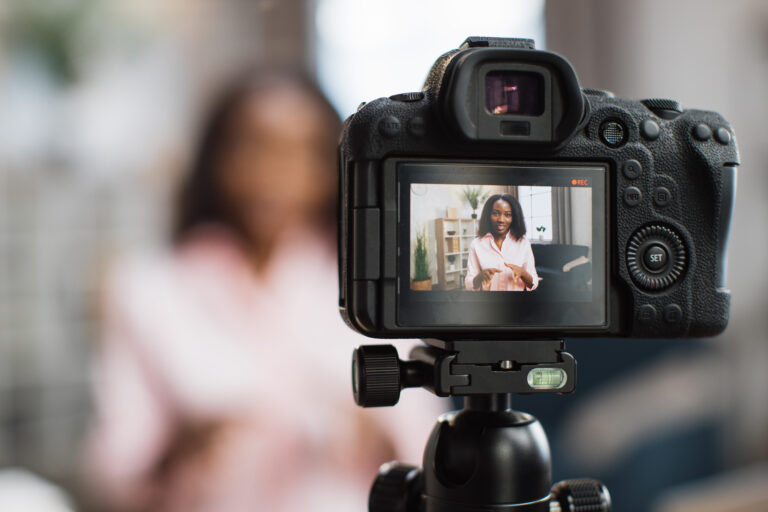Now, we are seeing more and more companies, as well as individuals, inject personality into their posts.
Companies are able to highlight company culture in their posts, letting viewers behind the scenes as it were. This allows potential customers to not only learn more about the company they might decide to buy from but it also allows them to see traits that they might relate to, creating a personal connection that is likely to leave a memorable impression.
LinkedIn also launched stories this year, a concept started by Instagram in which you are able to click through multiple posts that only last for 24 hours. It further illustrates the move into it becoming a more social platform with more room for creativity, rather than the rigid professionalism we were used to.
We have also seen the rise of LinkedIn influencers. These are often CEOs and founders who discuss their careers to date, but also how they run their business. Their posts can go viral, gaining masses of exposure for their companies.
Whilst LinkedIn is becoming a more personal platform and allowing users to get behind the scenes of a business, posts still remain business-related, rather than just self-promotional or overly personal insights.
Static images are no longer as effective on social media as they used to be, companies need to get on board with moving images if they want to get ahead.
Social posts with moving images get 43% more engagement than those with static images. Moving images may mean video, but it may also refer to other media, such as GIFs.
These sorts of posts stand out on the news feed, causing people to stop and notice. We have also found that scrollable media performs well, such as carousels on Instagram (a collection of photos that you click through) and click-through PDFs on LinkedIn.
These sorts of posts require more effort, but it pays off because people appreciate seeing something different on their timelines.














